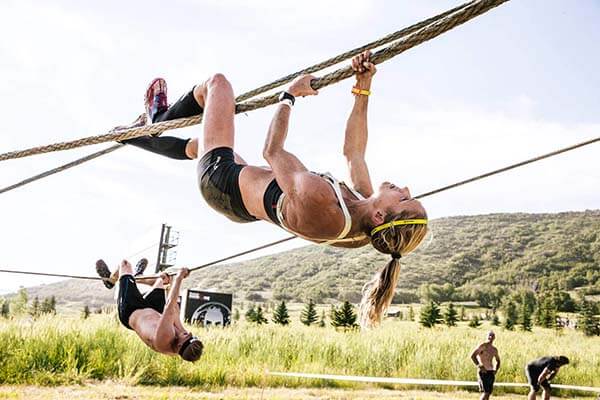Obstacle course races present a complex physical challenge because there are many different activities in one race. You don’t need to be a super athlete, but being a well-rounded athlete will absolutely help performance and will largely determine how much fun you have.
Focus on the following for your first obstacle course race:
1. Assess your Needs
Before you get started, assess both your starting point and end goal. Ask yourself these questions:
(1)What kind of obstacle race are you planning to complete? Is it a short race or a long one?
(2) Can you already run the distance? How easily?
(3) Are you in good shape or just getting back into it?
(4) Do you have decent upper body strength?
(5) How would you rate your overall agility and your ability to traverse obstacles?
Try to identify your strengths and weaknesses and then compare them to the requirements of your upcoming event to train accordingly.
2. Plan Ahead
If you’re an active runner, athlete, or fitness trainee, then give yourself at least 6 to 8 weeks to prepare for an obstacle race. If you’re new to running or fitness, you may want to devote 12 to 16 weeks.
3. Run a Lot
This is arguably the most important conditioning variable. Regardless of your specific event, make sure you allow plenty of time to build endurance with long runs and high weekly mileage. If your event is about three miles long, make sure that you can easily cover the distance. It will be enormously helpful to build your long run to at least six miles. Of course, be smart and don’t rush the process. Build your mileage gradually. But run. There’s a reason the best obstacle racers are runners.
4. Build Your Total Body Strength
You’ll be able to navigate the obstacles much more easily if you’ve got a decent foundation of strength. You don’t need to be a strongman, but being able to complete some bodyweight exercises with relative ease will help you immensely.
5. Build Your Athleticism
A solid foundation of strength and endurance is a great start and will put you above most of the other racers. Completing some drills to enhance agility, coordination, and overall athleticism will give you a big edge.
6. Train the Same Way You’ll be Performing
This is where you put it all together into a more race-specific training program. The closer you can model the training to the physical demands of the actual event, the more prepared you’ll be for the race.
(Written by JASON FITZGERALD)
